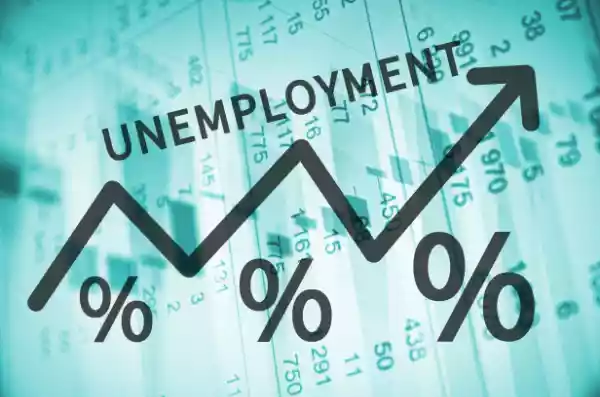
IT was evident that Zimbabwe's economy was in turmoil for the greater part of the past two decades. The turmoil has caused untold suffering to the poor and working class. However, it is the youth — 15 to 34 years — who have borne the brunt of this malaise as revealed by the latest ZimStat labour survey.
ZimStat said that there are nearly nine million people, 8 955 312, above the age of 15 and should be in employment. Of this number, only slightly above three million are employed. Roughly, this means only about a third of eligible workers are employed and the rest are jobless.
These statistics are sobering. Zimbabwe is slowly dying. The majority of its people are not working and neither do they have social safety nets. The results are clear when it is stated that nearly 60% of the population is living in abject poverty. They cannot afford education or health. They cannot afford having three square meals a day.
Unemployment has another dimension in Zimbabwe. The urban-rural divide is pronounced just as it is in terms of access to services such as water, education, health, public transport or even social services.
ZimStat said: “Employment to population ratio for persons in urban areas was 48,5% while for rural areas the ratio was 26,6%. For females in rural areas employment to population ratio was 18,1% while for males in rural areas the rate was 36,5%.”
This brings another interesting dimension of poverty in Zimbabwe. Poverty is mainly rural. In that respect, it is also female, according to these statistics. It can simply be termed feminisation of poverty.
The statistics further show that Harare is Zimbabwe’s economic hub. The capital city is home to slightly over a quarter of all workers in the country. ZimStat says: “In Harare province, employed males constituted 25,3% of all employed males while females constituted 25,0% of all employed females.”
The lowest employment rates are in Matabeleland North (3,5%), Matabeleland South (3,6%), Bulawayo (5,8%) and Masvingo (7,5%). This statistically shows why Bulawayo is now an industrial ruin. It used to be the country’s industrial hub and now the industry chimneys have literally gone dead.
- Byo armed robber in court
- Woman jailed 12 years for indecent assault
- Magistrate jailed 3 years for abuse of office
- Zim’s poor batting hands India series
Keep Reading
There are two more issues that I need to speak to about the youth. The youth are not only the most unemployed group of people but also the group with the least training.
The labour survey report noted: “Youth (15-24 years) official unemployment (38,1%) and has expanded unemployment rates (67,2%). In the second class of youths, 15-34 years official unemployment is 28,7% and the expanded unemployment rate is 58,0%.”
These numbers are numbing. One in three of the youth is out of work and the possibility of getting one diminishes with each passing day.
The statistics agency went a notch higher in analysing the youth by including this new group — youth not in education, employment or training. In the 15-24 age group, the number is 47,1% and the figure rises to 50,2% in the 15-34 age group.
The figure of those not in education, employment or training nearly gets to six in ten for females. ZimStat says the figure in the 15-34 year age group is 59,5%.
The preceding paragraphs are a cause of concern. The majority of Zimbabwean youths are not in school. They are not employed and they are not trained in anything. It begs the question: Who will in future employ an uneducated and untrained person when they turn 35?
In any event, most 34-year-olds have started their own families and have a child or two if not three. They are unemployable and cannot support their families and hence this is a keg for the vicious cycle of poverty.
At a national level, it means Zimbabwe in the medium to long-term does not have a reservoir of trained or skilled labour, making it unattractive for foreign direct investment except at most from the Chinese who bring in their human resources.
Successive Zanu PF governments including the one led by President Emmerson Mnangagwa should acknowledge the rot they have brought to Zimbabwe. They have failed us as a nation. Not only have they failed us, but they have silently killed the future from many youths in the country. This is something that needs urgent corrective action.
It is important that there should be continuous educational programmes for those recently employed so that they can gain skills useful in the workplace. It should be more like 1980, when there were a lot of night schools to train those who missed education because of the liberation struggle. This has to be done for the damaged generation under Zanu PF administration.
It is easier for people to be skeptical about government statistics, but those on labour should be taken seriously. Even if the government understated them, the message is still bad — really bad that we have six out of ten youths between 15 and 34 years who are not in school, employment or in training.
This is a sad indictment on the national leadership. Zimbabwe can do better. Doing better is not easy, but it needs a leadership that is not only visionary but also empathetic to the poor and vulnerable. This is hard but doable. Mnangagwa and company have to save the country before the bomb explodes.
Cry my beloved Zimbabwe.








